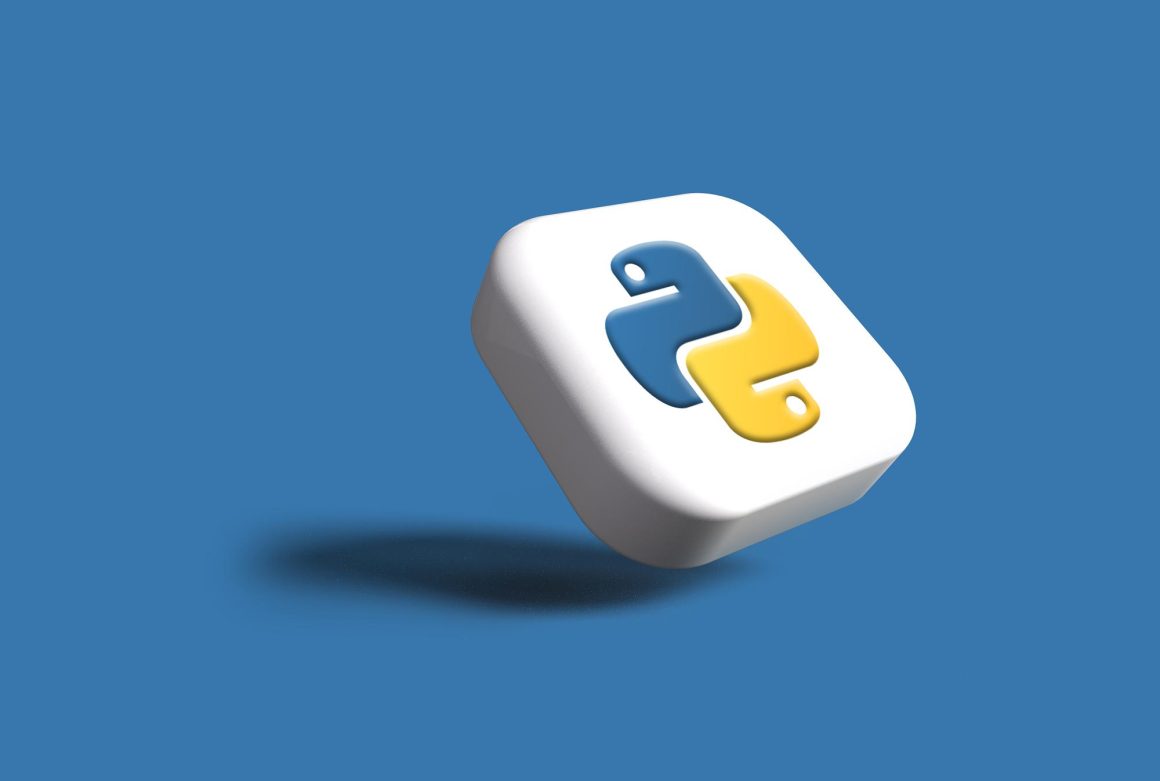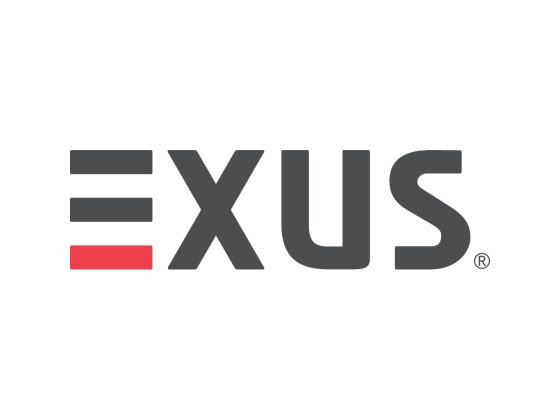Databases are integral to the functioning of modern digital systems, and several programming languages are commonly used for database-related tasks such as analysis, design, modelling, development, engineering, and operations. These languages each have their own strengths and areas of application. Here are some of the top ones:
SQL (Structured Query Language).
This is the gold standard for database management. SQL is used for managing data held in a relational database management system (RDBMS) or for stream processing in a relational data stream management system (RDSMS). It includes tasks like inserting, querying, updating, and modifying data. SQL is employed in almost all traditional database systems like MySQL, PostgreSQL, and Oracle.
PL/SQL (Procedural Language for SQL).
Used primarily in Oracle Database, PL/SQL is a procedural language designed specifically to embrace SQL statements within its syntax. PL/SQL program units are compiled by the Oracle Database server and stored inside the database.
T-SQL (Transact-SQL).
This is Microsoft’s and Sybase’s proprietary extension to SQL. T-SQL expands on the SQL standard to include procedural programming, local variables, and support for string and date processing, and more.

Python.
While not a database language per se, Python is often used for database operations because of its simplicity and the existence of several excellent libraries (like SQLAlchemy for general Database operations, and Pandas for data analysis and modelling). It can interact with almost all database systems, making it an excellent choice for data analysis and manipulation.
Java.
It’s another general-purpose language often used in database operations. Java Database Connectivity (JDBC) is an API for Java that defines how a client may access a database. It provides methods for querying and updating data in a database, making Java a good choice for database development and operations.
R.
This language is specifically designed for statistics and data analysis. R can interface with databases to manipulate, analyze, and visualize data. It’s especially useful in the exploratory phase of data projects and for statistical modeling.
PHP.
PHP has built-in extensions for working with MySQL databases. Because of its wide use in web development, PHP is often used in database operations to retrieve, insert, update, and delete data for dynamic websites.
C# and .NET.
Microsoft’s C# language and .NET platform have extensive capabilities for working with Microsoft SQL Server databases and other databases for various operations and development.

JavaScript (Node.js).
With the rise of full-stack JavaScript development and libraries like Sequelize for Node.js, JavaScript is increasingly being used for database access, operations, and even design and modeling in NoSQL databases like MongoDB.
These languages each have their strengths, and the choice often depends on the specific requirements of the project, the database system being used, and the expertise of the development team.












